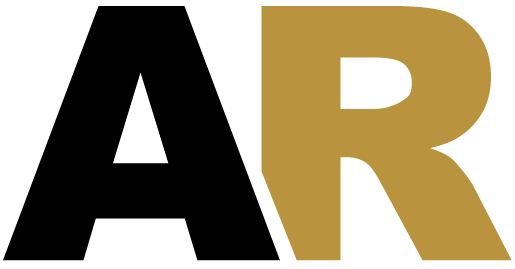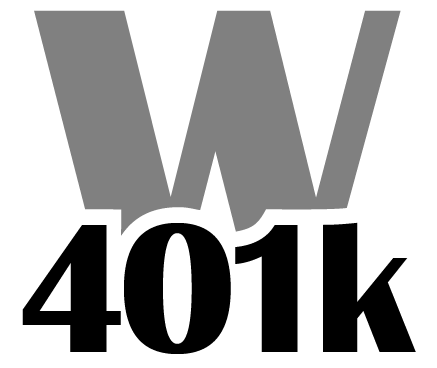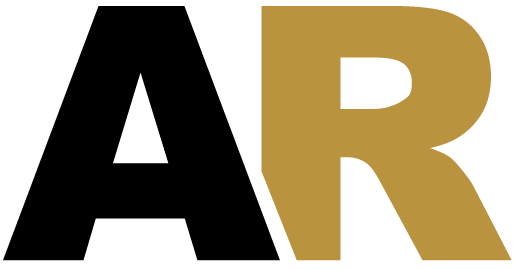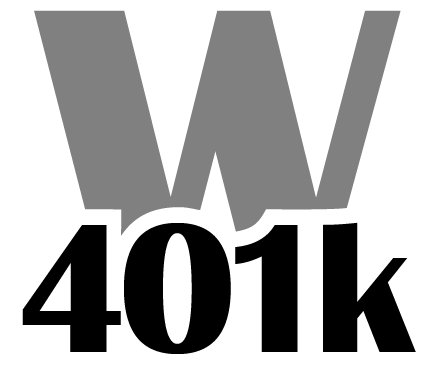The Hourly Fringe Program is a benefits program for employers who wish to express and pay fringe benefits as a dollar value per hour. It is ideal for hourly workers and job costing accuracy.
The Hourly Fringe Program is not complicated, just different and detailed:
- The employer determines the fringe.
- The Benefit Program is communicated to your employees in writing.
- Fringe is expressed and paid as a cash value per hour.
- Benefit contributions are irrevocably made to the benefit of the employee.
- The Benefits Program is administered by a trustee or a third party, not affiliated with the employer, subject to an enforceable commitment.
It is important to note that this is one program with five equally important parts. The employer determines the fringes to be furnished, then follows steps to put the Company Benefits Program in place.
Keep in mind, these procedures do not have to be followed to legally pay fringes. Hourly Fringe Program® simply structures fringe benefits in a way to track as an accurate direct cost, and provides an ultimately fair, precise, and transparent way to earn, award, and pay fringe benefits.
1. The employer determines the fringe
The employer determines the benefits to offer. While there is much discussion in the marketplace on this topic, it doesn’t have to be complicated. Fringes generally (but do not have to) include some or all of the following:
- Insurance. Medical or hospital care, life insurance, disability and sickness insurance or accident insurance. Any employer paid insurance required by law, such as workman’s compensation or unemployment insurance, would not be included. Insurance, for fringe purposes, is solely for the benefit of the employee or the employee’s dependents.
- Holiday and Vacation Pay (Paid Time Off). Tracked as either “time per unit time” (i.e. 3 hours a week; 1 day per month) or “money per unit time” (i.e. 83 cents per hour; $38.20 per week). May also include Sick Pay.
- Pensions on Retirement. Contributions to a properly designed 401k Retirement Plan can be used to attract, reward, and retain top employees. Unfortunately, most plan sponsors and participants do not understand their own plan. Too many times a contractor accepts a “standard” plan while not being fully aware of all the options available.
- Other Fringe. Any fringe not otherwise described above. If an employer desires to furnish some other fringe (i.e. contributions to a Flexible Spending Account or Health Reimbursement Account), the specifics would be determined based on the specific objectives and intentions of the employer.
2. The Benefit Program is communicated to your employees in writing
A well-constructed Company Benefit Program is constructed with benefits awarded and paid in a way that employees can understand. The plan should be designed to answer, not create, questions posed by employees.
Simply put, the plan defines the fringe being furnished, who gets which fringe, when they get it, how calculations are performed, and how fringes are paid. It is important to be detailed and specific. Do not be tempted to use a fill-in-the-blank document that does not do this.
3. Fringe is expressed and paid as a cash value per hour
The more specific a contractor is, the more accurate billing costs and job costs can become. With Hourly Fringe Program, fringe benefits are not awarded to an employee simply because there has been a passage of time. Employees earn Company contributions toward the cost of a particular benefit for each hour worked. All employee benefits are expressed, earned and paid as a specific dollar value per hour.
Some benefits are earned and paid at a fixed rate per hour and some are calculated and paid as a percentage of an hourly wage. Particulars and specifics regarding each Benefit Program are further explained in their respective section of the written Company Benefit Program.
4. Benefit contributions are irrevocably made to the benefit of the employee
This is self-explanatory. Fringe benefit monies are not reverted back to the employer. This does not, however, prevent returns to the employer sums which were paid in excess of the contributions actually called for by the plan, as where such excess payments result from error or from the necessity of making payments to cover the estimated cost of contributions. This provides a level of trust to the employee, as once the employee has earned a benefit, it’s theirs.
5. The Benefits Program is administered by a trustee or a third party, not affiliated with the employer, subject to an enforceable commitment
Fringe benefit monies are paid to an outside source and are not to be under the control of the employer. This also provides a level of trust to the employee, as a third party is administering the program on behalf of their employer.




